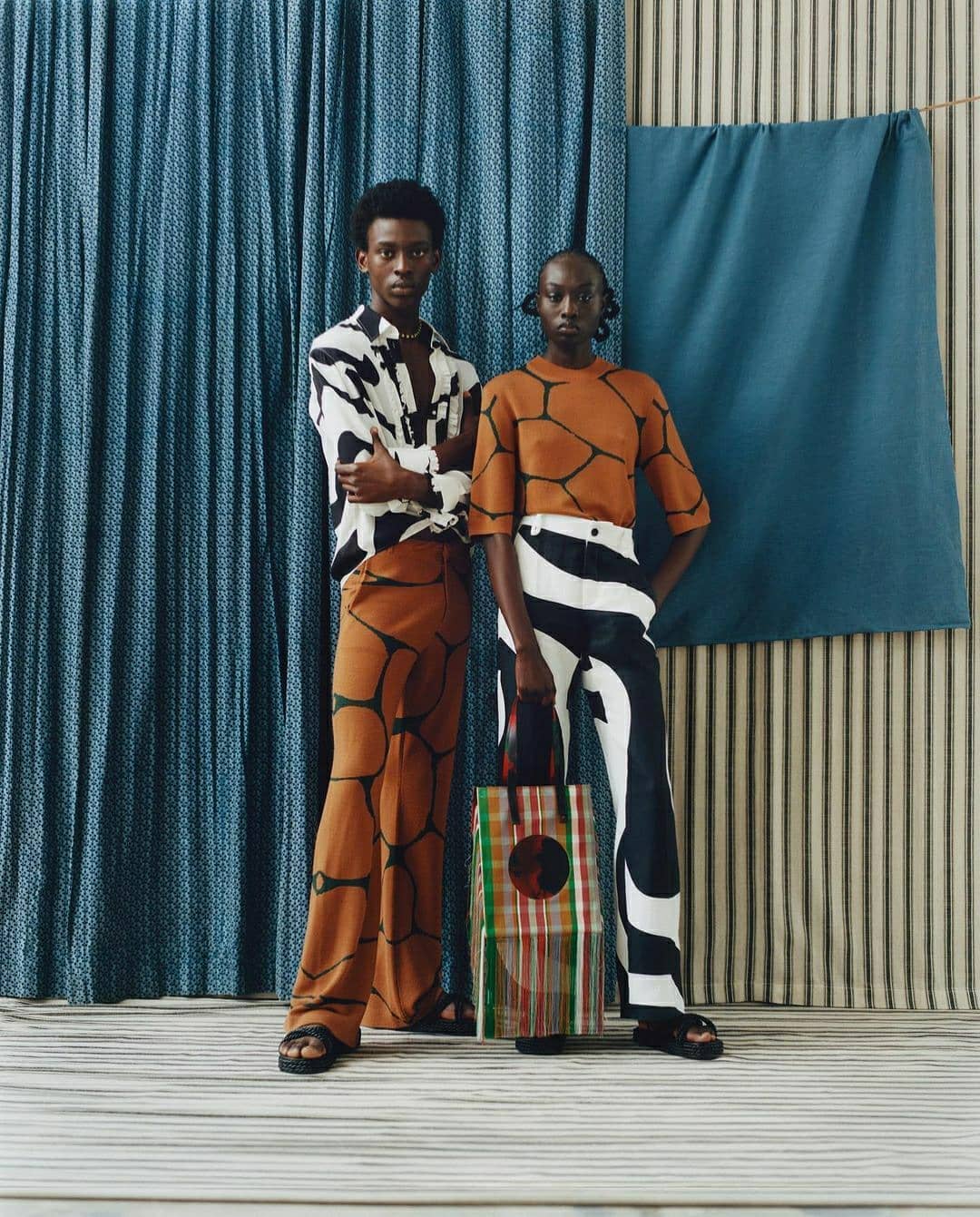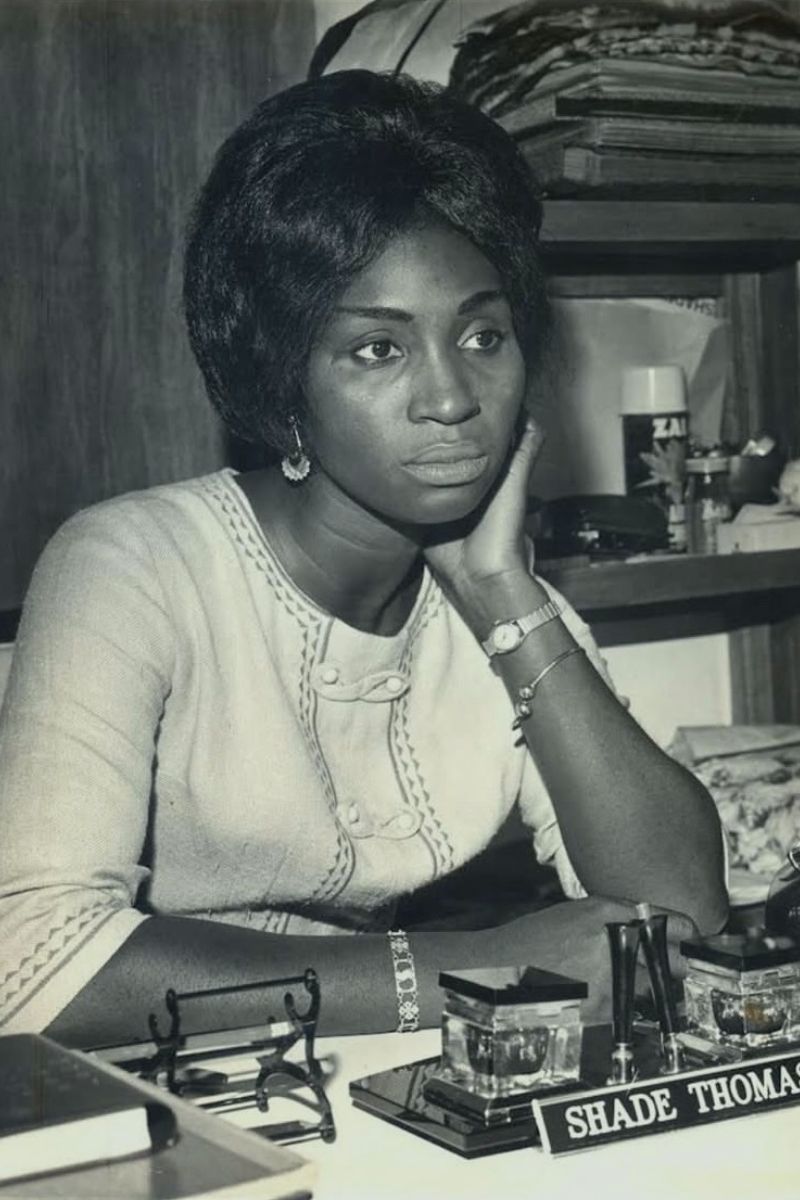Long before fashion runways and red carpets, the clinking of cowries was the sound of wealth. In pre-colonial West Africa, these small, curved shells were far more than ornaments. They bought land, secured marriages, and settled debts. They held spiritual power too woven into diviners’ tools and the crowns of kings, glistening not only as currency but as symbols of identity and authority.
In another corner of Yoruba life, far removed from shrines and marketplaces, stove wicks known as owu sat quietly in homes. They carried no regal weight, no monetary value, but they carried fire. Twisted into kerosene stoves, they sustained families, cooked meals, and lit the darkness. They were humble threads, seen as ordinary, even invisible, yet vital to everyday survival. It is almost poetic, then, that centuries later, cowries and stove wicks would find their way into the world of Nigerian fashion. What once served as wealth and what once served as utility now meet on the runway as statements of artistry, creativity, and cultural pride. This unlikely transformation is the essence of Nigerian ingenuity turning memory into design, and design into storytelling.
Designers have embraced cowries with fearless innovation. Kílèntár’s Ibukun Cowries top, hand-stitched with over a hundred shells, is not just clothing but walking heritage, an ode to markets and ancestors, worn like armor on the modern runway. TWIF Clothing etched cowries deeper into pop culture when Davido appeared in a cowrie-encrusted damask blazer for his “1 Mili” music video, collapsing tradition, music, and fashion into one iconic image. Ateni went even further, dressing actress Nancy Isime in a full cowrie shell gown for the 2024 iKON Awards, proving that a centuries-old symbol of wealth could still command awe under global spotlights. And then there are stove wicks. Once invisible, now unforgettable. A dress crafted from owu pieces recently stunned audiences online, with its lower half woven from the very threads that once fueled fire. It was a revelation, how something so common, so overlooked, could be reimagined into beauty that could hold its own beside silks and sequins. The humble wick had become a runway muse.
The rebirth of cowries and stove wicks in fashion is not simply a trend. It is a declaration. Nigerian designers are showing that fashion is more than fabric, it is a bridge between history and modernity, a reworking of memory into movement, a reclaiming of narratives that once lay buried in daily life. Every shell stitched onto a blazer, every wick woven into a skirt, is proof that fashion can turn the ordinary into extraordinary, the forgotten into unforgettable. In the shimmer of cowries and the threads of owu, we see more than style. We see identity. We see resilience. We see the power of a culture that refuses to let its past be discarded, instead choosing to wear it proudly into the future.





Comments